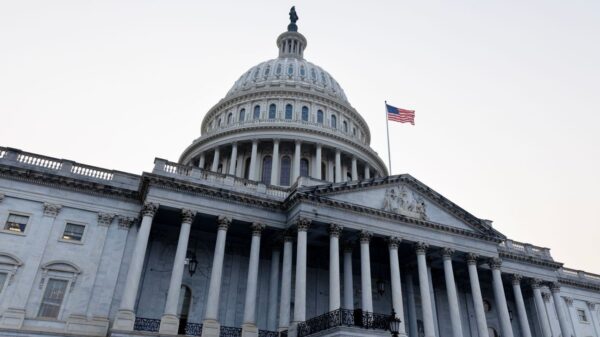A new study from Keck Medicine of USC reveals a concerning trend: serious liver disease is increasingly prevalent among heavy drinkers in the United States, despite no significant increase in alcohol consumption. The research indicates a rise in advanced liver scarring among heavy drinkers, with the share jumping from 1.8% to 4.3% over the past two decades. This alarming statistic highlights a shift in health outcomes for this demographic.
According to the study’s lead author, Dr. Brian P. Lee, a liver transplant specialist at Keck Medicine, the increase in liver disease is particularly striking. He stated, “The fact that the risk not only increased but that it more than doubled — almost tripled — is really astonishing.” The study, published in the journal Clinical Gastroenterology and Hepatology, analyzed national health data from over 44,000 adults surveyed between 1999 and 2020 as part of the NHANES program.
The definition of heavy drinking, according to the National Institute on Alcohol Abuse and Alcoholism, includes more than 1.5 drinks per night for women and 2 drinks for men. Among the heavy drinkers analyzed, the incidence of significant liver fibrosis—a condition where healthy liver tissue is replaced by stiff, fibrous tissue—more than doubled. If left untreated, this condition can lead to liver failure or cancer.
In stark contrast, non-heavy drinkers experienced a much smaller increase in liver disease, from 0.8% to 1.4% during the same period. The rise in liver damage is particularly concerning, as many individuals remain unaware of their deteriorating condition until it reaches an advanced stage. “Liver disease is silent,” Dr. Lee emphasized. “Most people won’t, even if they have [advanced liver scarring], have any symptoms at all.”
While drinking patterns among heavy drinkers have not shown significant change, the overall health profiles of these individuals have shifted. The prevalence of metabolic syndrome, a cluster of conditions including obesity, diabetes, and high blood pressure, increased from 26% to nearly 38%. Furthermore, the demographics of heavy drinkers have evolved, with growing numbers of women, individuals over the age of 45, and those living in poverty engaging in heavy drinking.
Dr. Lee noted, “We’re showing with this study that the picture of the American drinker is changing dramatically.” He pointed out that women and ethnic minorities, who may have a higher sensitivity to alcohol-related liver damage, are increasingly represented in this group.
Other factors may contribute to the rising incidence of liver disease, according to Dr. Sammy Saab, medical director of the Pfleger Liver Institute at UCLA. He suggested that changes in drinking habits, such as a shift from beer and wine to hard cocktails and drinking without food, could affect how alcohol is absorbed by the body. Cultural shifts may also play a role; for example, the availability of rideshare services like Uber and Lyft has reduced the deterrents to heavy drinking.
Dr. Lee pointed out that the current definition of heavy drinking in the U.S. may be too lenient, especially compared to global standards. In Canada, guidelines now recommend no more than two drinks per week to minimize health risks. In contrast, the U.S. defines heavy drinking as eight drinks or more per week for women and 15 or more for men.
The findings of this study call into question long-held assumptions about alcohol-related liver disease. Dr. Lee hopes the research will prompt a reevaluation of current screening methods for early detection of liver conditions. Dr. Saab described the study as a crucial call to action for researchers and healthcare professionals to better understand the increase in alcohol-associated liver disease and to develop strategies to address it.
As the landscape of heavy drinking changes in the United States, the implications for public health and individual well-being are significant. Understanding these trends is essential for preventing further increases in liver disease and improving overall health outcomes for heavy drinkers.






































































